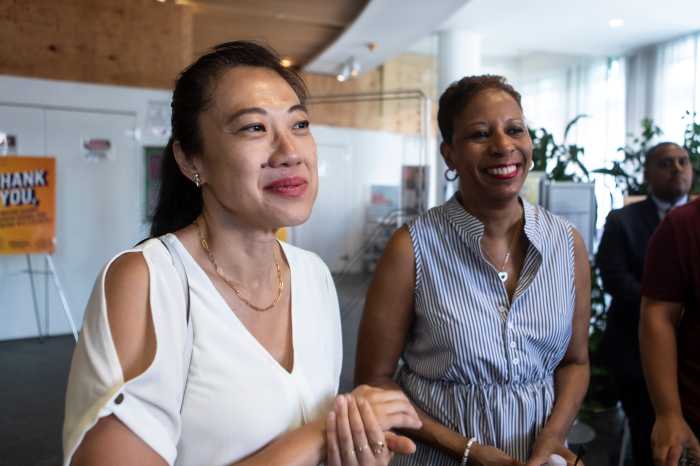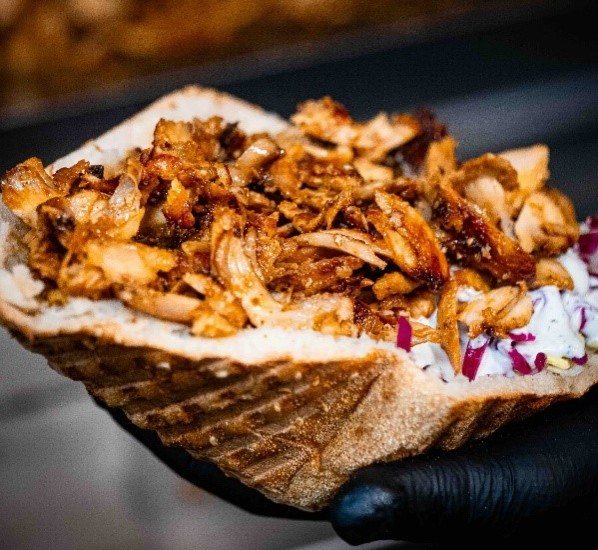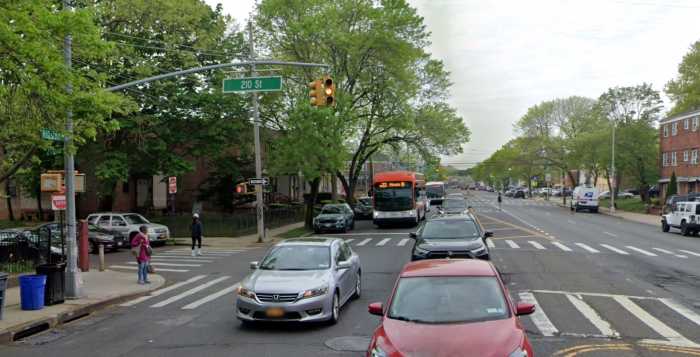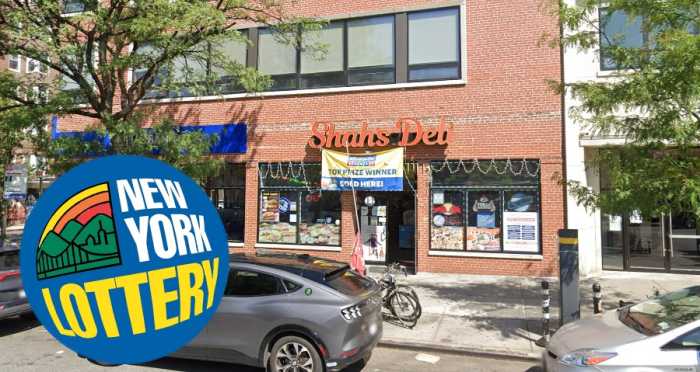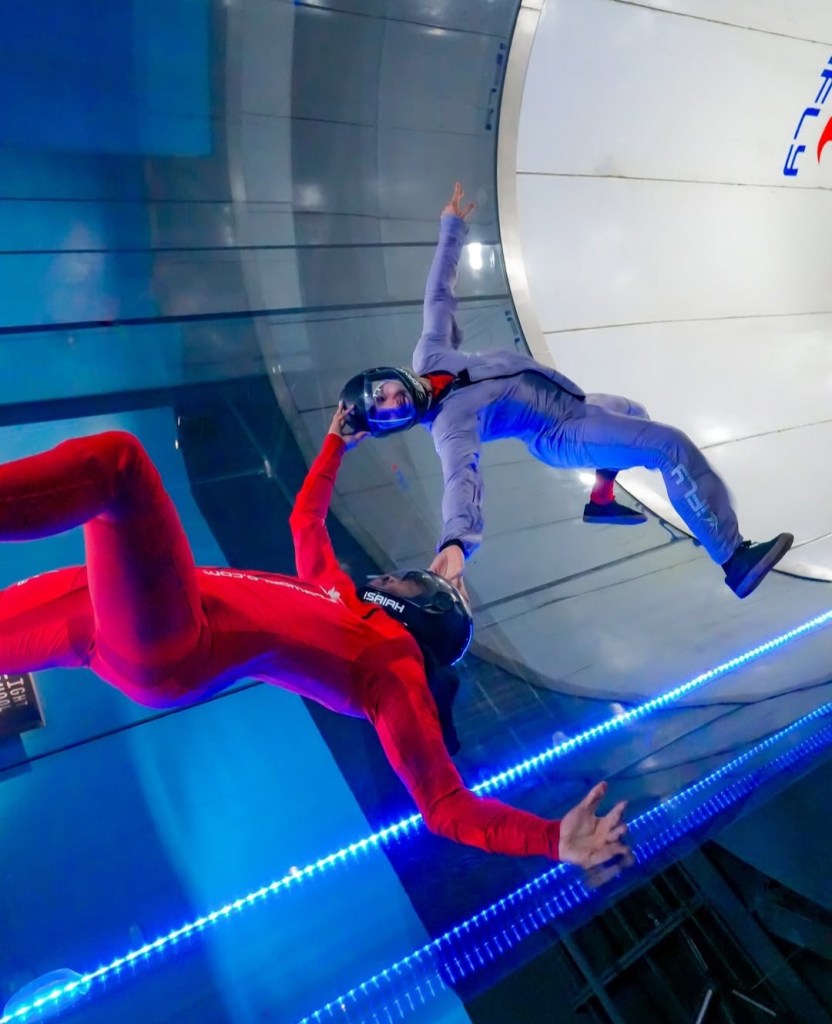A banner with bigger types of the warnings —…
By George H. Tsai
According to a recent news report, warning and street signs have been put up in Flushing areas with heavy traffic. But appearing unchanged is the busiest intersection linking Main Street and Roosevelt Avenue.
A banner with bigger types of the warnings — “No turns from 7 a.m. to 7 p.m., except buses” — should be hung above the square of the intersection that drivers from both sides of Roosevelt Avenue can see from a distance.
Over the years there have been complaints about the traffic violation “trap” at that intersection. It’s time for Queens’ transportation and law enforcement authorities to educate drivers on how to avoid falling into that trap.
I have seen cops directing traffic at the corners of Main Street and Roosevelt Avenue. They should stop motorists before they make right or left turns, not after. The penalty for any turn within that time frame is a costly $115 fine plus two points on your driver’s license.
It seems 99 percent of those who have made illegal turns were first-time offenders and therefore should be spared from any punishment because the violation was not entirely their fault. Few educated drivers would knowingly make that kind of mistake.
Buses to their right side and in front of them often block their sight from a bunch of warning signs on a pole at the corner. Unfortunately, some drivers just blindly follow the bus to make the same turn.
In fact, buses have played a major role in causing traffic congestion in that bustling intersection. There are too many bus stops on those two streets.
To rid the intersection of this traffic jam, some bus stops should be eliminated or moved to other parts of town. Another solution would be to make the section between the library on Main Street and Northern Boulevard a traffic-free zone, or restrict all types of vehicles, except buses, from entering that area. Such changes could appeal to business owners and shoppers.
During peak hours, the traffic and pedestrians on those two streets could pale the congested scene in Times Square.
Some motorists don’t comprehend why cars are barred from making right or left turns from both sides of Roosevelt Avenue onto the three-lane Main Street since there are four-way traffic lights.
As I understand, insurance companies hire special agencies to check records of policy-holders from time to time to see whether their clients get any points. If they do, some insurance companies have two options to penalize them — cancel their policies or multiply their premiums.
Either choice is a big blow to drivers, financially and emotionally. Obviously, insurance companies consider clients with points to be reckless drivers.
Never mind. Help is available. Attending a safe-driving class can help motorists erase such a blemish on their record for a fee. It seems the system does have loopholes.
Traffic cops should admonish first-time violators at the intersection; tickets should be issued to repeat offenders.
With the rapid increase of new immigrants, traffic will always be a problem in Queens, particularly in Flushing. And there is no solution to the problem in sight.
In a related traffic matter, the shuttle van fleet on 41st Road was in the news again recently. Rivalry still simmers among the three companies, despite their agreement reached a year or so ago. It is unlikely they will bury the hatchet.
As I said before, they could not forever coexist peacefully along a short strip on the congested 41st Road. They each should have their own terminal. I don’t think any of them will exit without a fight because it’s the best section for their businesses.
As the fleet expands, fights could flare up again and again unless law enforcement authorities assign them to different locations in town.
Since the ostensible formation of the fleet, one thing has changed for the better: Some vans have been replaced with minibuses so that they can carry more passengers to Lower Manhattan with one-way fare remaining at $2.
Their popularity grows with each passing day. Many of their passengers are former subway riders who avoid the train for various reasons.

